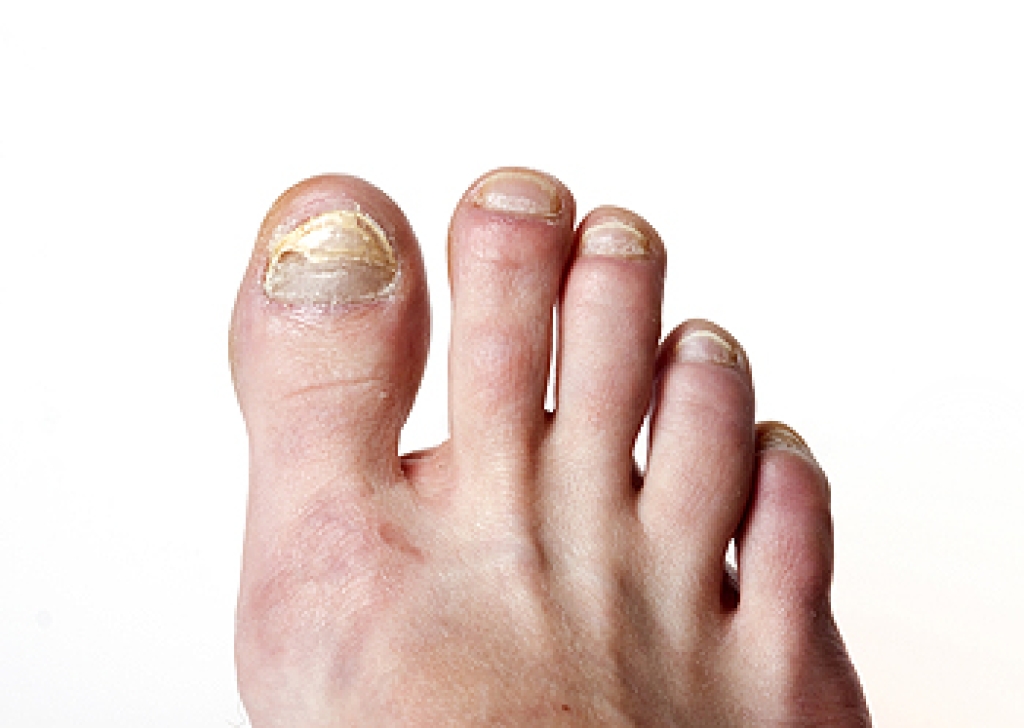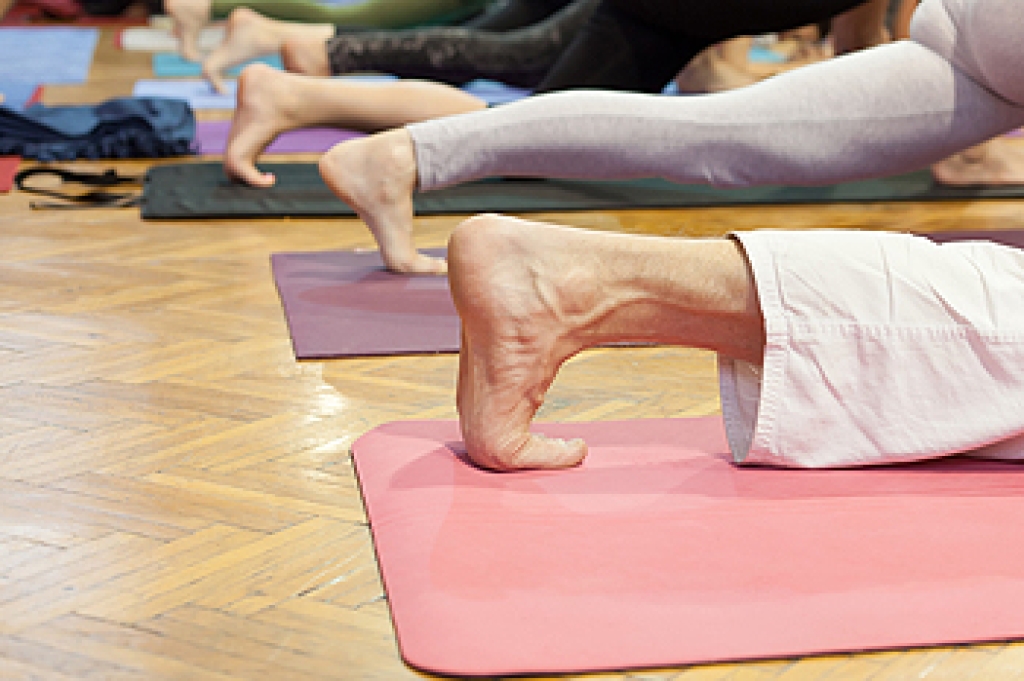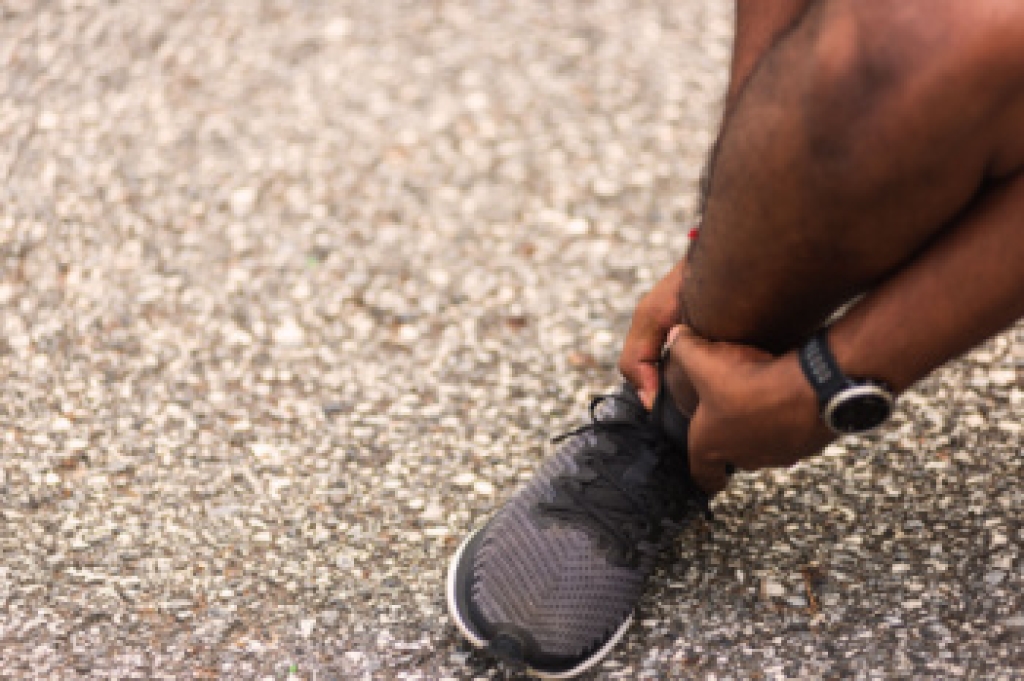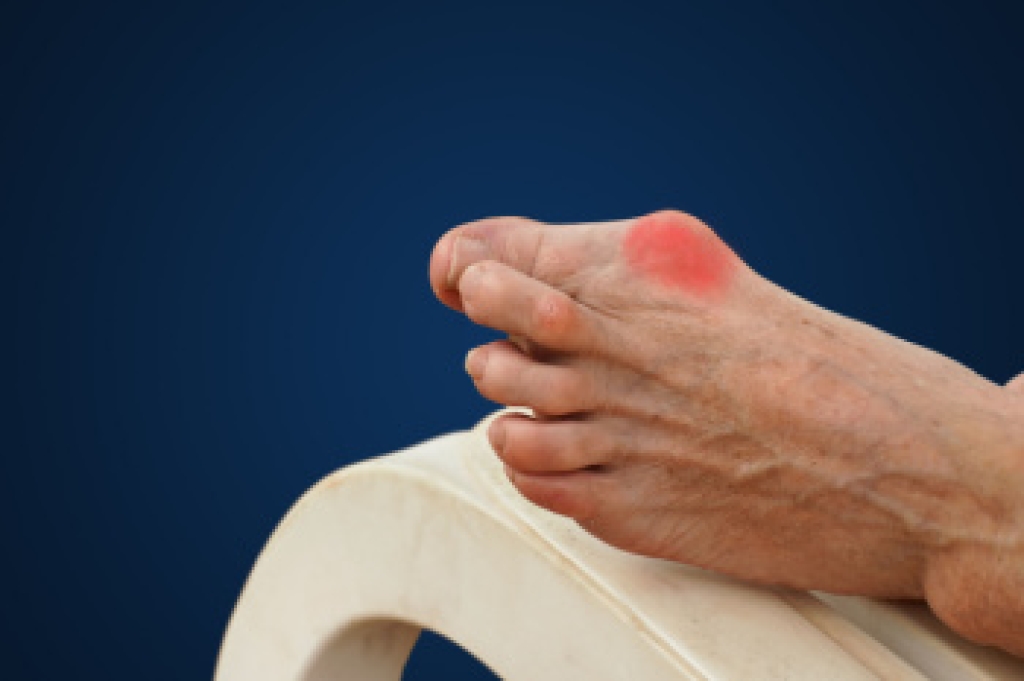
If your toenails look discolored, thick, or crumbly, you may be hosting an unwelcome visitor, a fungal infection. Medically known as onychomycosis, this common condition starts small but can grow into a significant issue, causing embarrassment and discomfort. Fungi love to hide in warm, moist places like the inside of your shoes and socks. Once the infection takes hold, it slowly spreads beneath the nail, making it brittle and often giving it a cloudy yellow or white appearance. This is not simply a cosmetic concern. Untreated fungus can cause pain and sometimes lead to secondary bacterial infections. Many over-the-counter remedies fail to reach the fungus deep within the nail. For an accurate diagnosis and effective treatment options, including oral medication, or prescription topicals, it is suggested that you visit a podiatrist for proper treatment.
For more information about treatment, contact one of our podiatrists of Carolina Foot & Ankle Specialists. Our doctors can provide the care you need to keep you pain-free and on your feet.
Toenail Fungus Treatment
Toenail fungus is a condition that affects many people and can be especially hard to get rid of. Fortunately, there are several methods to go about treating and avoiding it.
Antifungals & Deterrence
Oral antifungal medicine has been shown to be effective in many cases. It is important to consult with a podiatrist to determine the proper regiment for you, or potentially explore other options.
Applying foot powder on the feet and shoes helps keep the feet free of moisture and sweat.
Sandals or open toed shoes – Wearing these will allow air movement and help keep feet dry. They also expose your feet to light, which fungus cannot tolerate. Socks with moisture wicking material also help as well.
If you have any questions please contact our offices located in Mount Pleasant and Charleston, SC . We offer the newest diagnostic and treatment technologies for all your foot and ankle needs.






